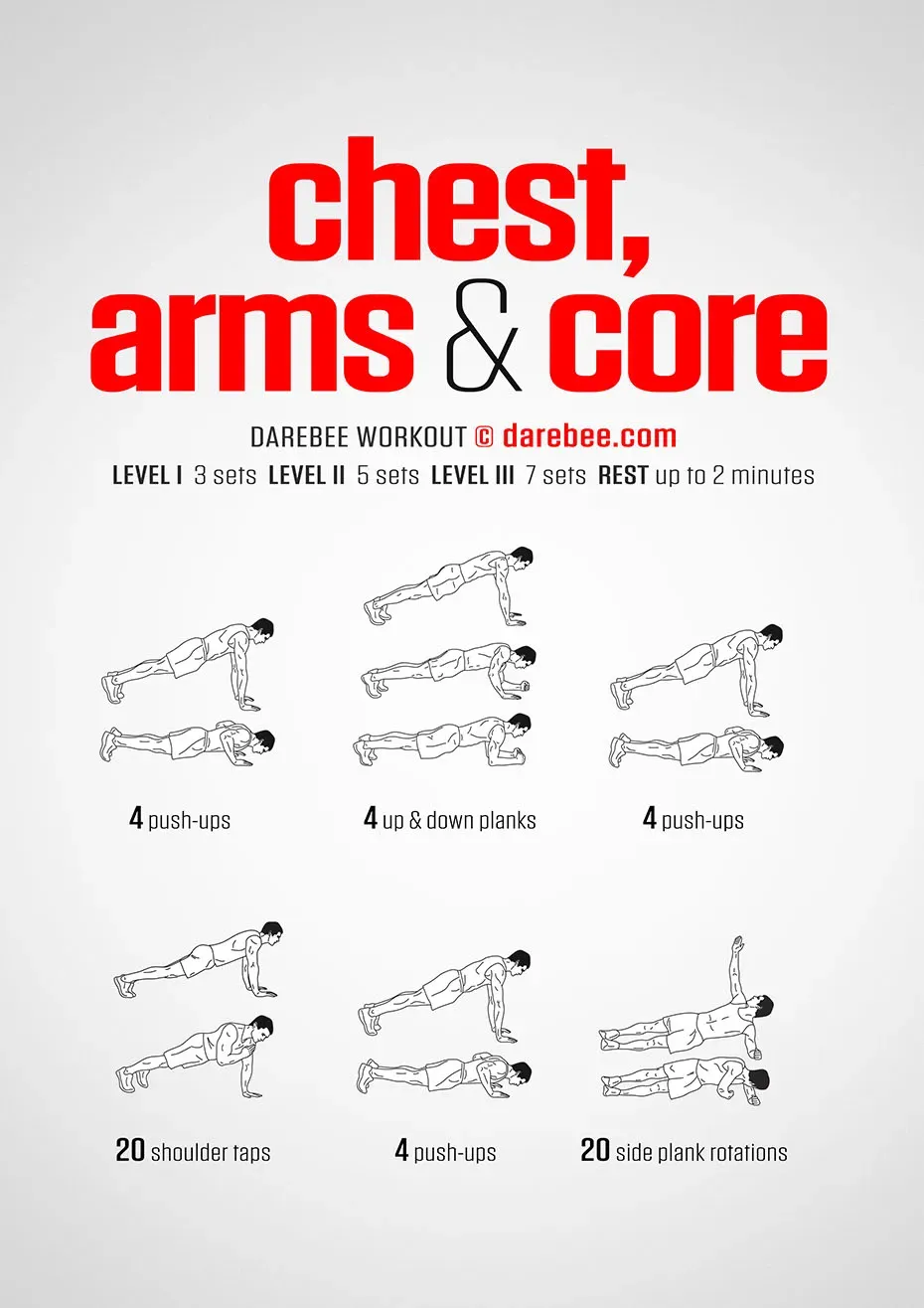Table of Contents
Tired of looking like you skipped arm and chest day? Dreaming of that superhero physique but don't have a gym membership or fancy equipment? You're not alone. A lot of us want to build strength and muscle in our upper body, specifically the arms and chest, but life gets in the way or hitting the gym just isn't feasible. The good news? You absolutely can carve out a powerful upper body right from your living room. It just takes the right approach and a solid plan.
This isn't your grandpa's pushup routine: Designing the best arm and chest workout at home
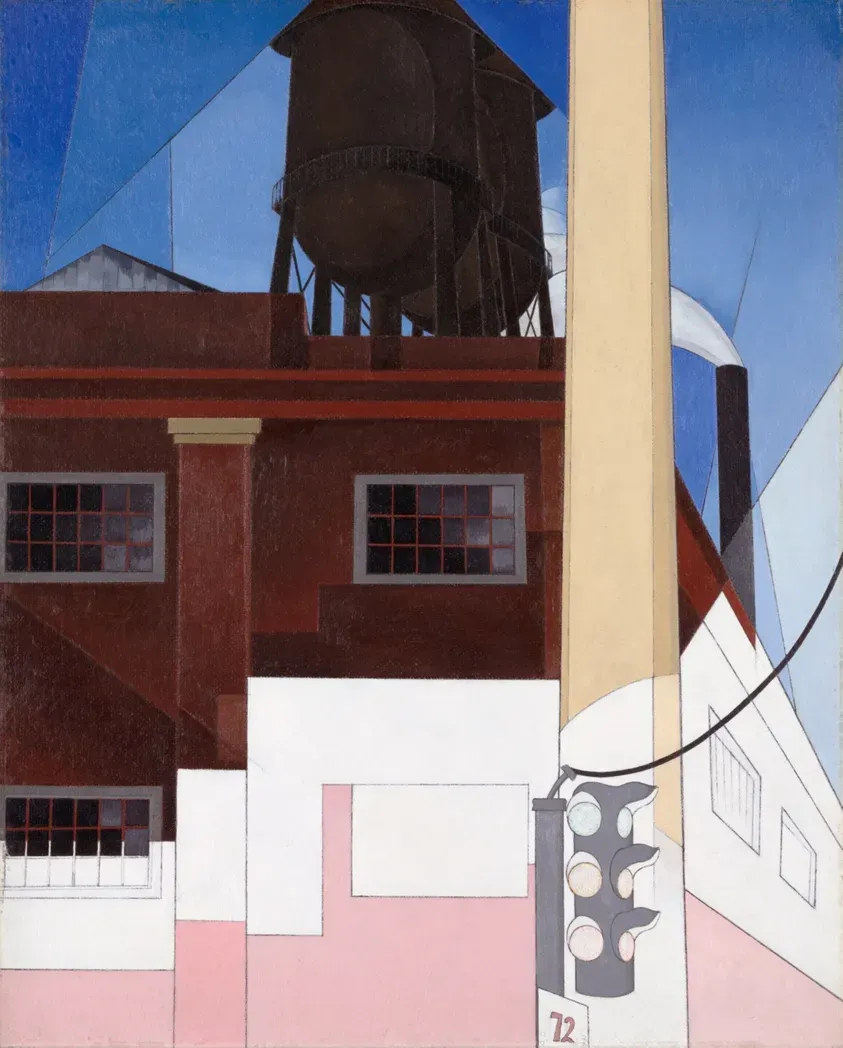
This isn't your grandpa's pushup routine: Designing the best arm and chest workout at home
Why Basic Push-Ups Aren't Enough for the Best Arm and Chest Workout at Home
Look, the standard push-up is a classic for a reason. It hits the chest, shoulders, and triceps. It's a decent starting point. But if your goal is to build significant muscle mass and strength, especially for the focused look of powerful arms and a well-defined chest, just cranking out sets of basic push-ups isn't going to cut it long-term. Your body adapts. Fast. That plateau hits harder than a dropped dumbbell. To create the best arm and chest workout at home, you need more than just one move repeated ad nauseam. You need variety, intensity, and a plan that keeps challenging your muscles in new ways.
Strategic Thinking for At-Home Gains
Building a truly effective home workout involves thinking like a coach, not just someone going through the motions. It's about hitting the muscles from different angles, controlling the movement, and progressively making exercises harder. This means incorporating variations of classic moves, understanding tempo (how fast you lower and raise the weight, or your body), and finding ways to increase resistance even without heavy iron. This strategic approach is what separates a decent home workout from the best arm and chest workout at home you can possibly do. It’s about making every rep count and forcing your muscles to adapt and grow.
Consider these key principles when designing your routine:
- Varying angles: Don't just do flat push-ups; elevate your feet or hands.
- Mind-muscle connection: Focus on squeezing the target muscle group during each rep.
- Tempo control: Use a slower negative (lowering) phase to increase time under tension.
- Progressive overload: Find ways to make exercises harder over time (more reps, slower tempo, harder variations).
Essential gear (or lack thereof) for the best arm and chest workout at home
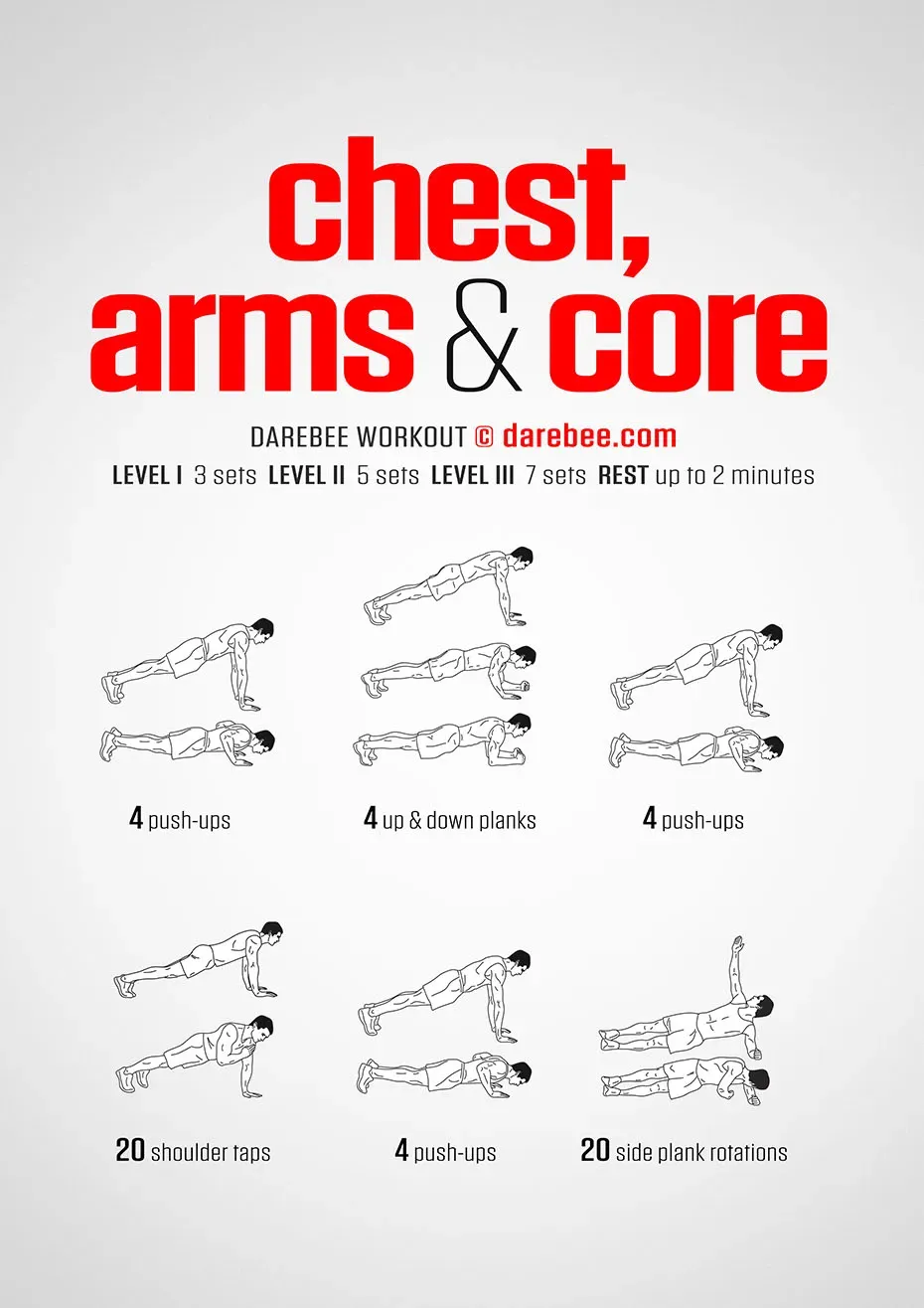
Essential gear (or lack thereof) for the best arm and chest workout at home
Starting with Absolutely Nothing: The Power of Bodyweight
Look, the biggest myth about getting a great workout is that you need a room full of expensive equipment. For the best arm and chest workout at home, you can start with literally nothing but your own body and some floor space. Think about it: push-ups, dips off a sturdy chair or coffee table, variations that shift your body weight. Your body provides all the resistance you need, especially when you're starting or learning how to manipulate leverage. You can hit your chest from decline to incline angles just by changing your body position relative to the floor or an elevated surface. Your triceps get hammered with close-grip push-ups and dips. Biceps are trickier with pure bodyweight, but we'll get to that. The point is, don't let a lack of gear be the excuse. Your body is the machine.
Small Investments, Big Returns: Simple Additions
While you can absolutely get started with zero equipment, a few inexpensive items can significantly expand your options and intensity for the best arm and chest workout at home. Resistance bands are gold. A simple set can add tension to presses, flies, and even mimic bicep curls and tricep extensions. They're portable, easy on the joints, and offer variable resistance. Another game-changer is a set of gymnastic rings or a TRX-style suspension trainer. These allow for deeper ranges of motion, hit stabilizing muscles hard, and open up exercises like ring dips (brutal on the chest and triceps) and various rows (which indirectly help balance your pushing muscles). If you're feeling fancy, maybe a pair of adjustable dumbbells, but honestly, start simple. See what you can do with just bodyweight and bands first.
So, what are we talking about here in terms of potential gear?
- A sturdy chair or bench (for dips and elevated push-ups)
- Resistance bands (various strengths)
- Suspension trainer or rings (optional, but highly effective)
- Maybe some sliders or even just towels (for chest fly variations on smooth floors)
Breaking down the moves: Specific exercises for your best arm and chest workout at home
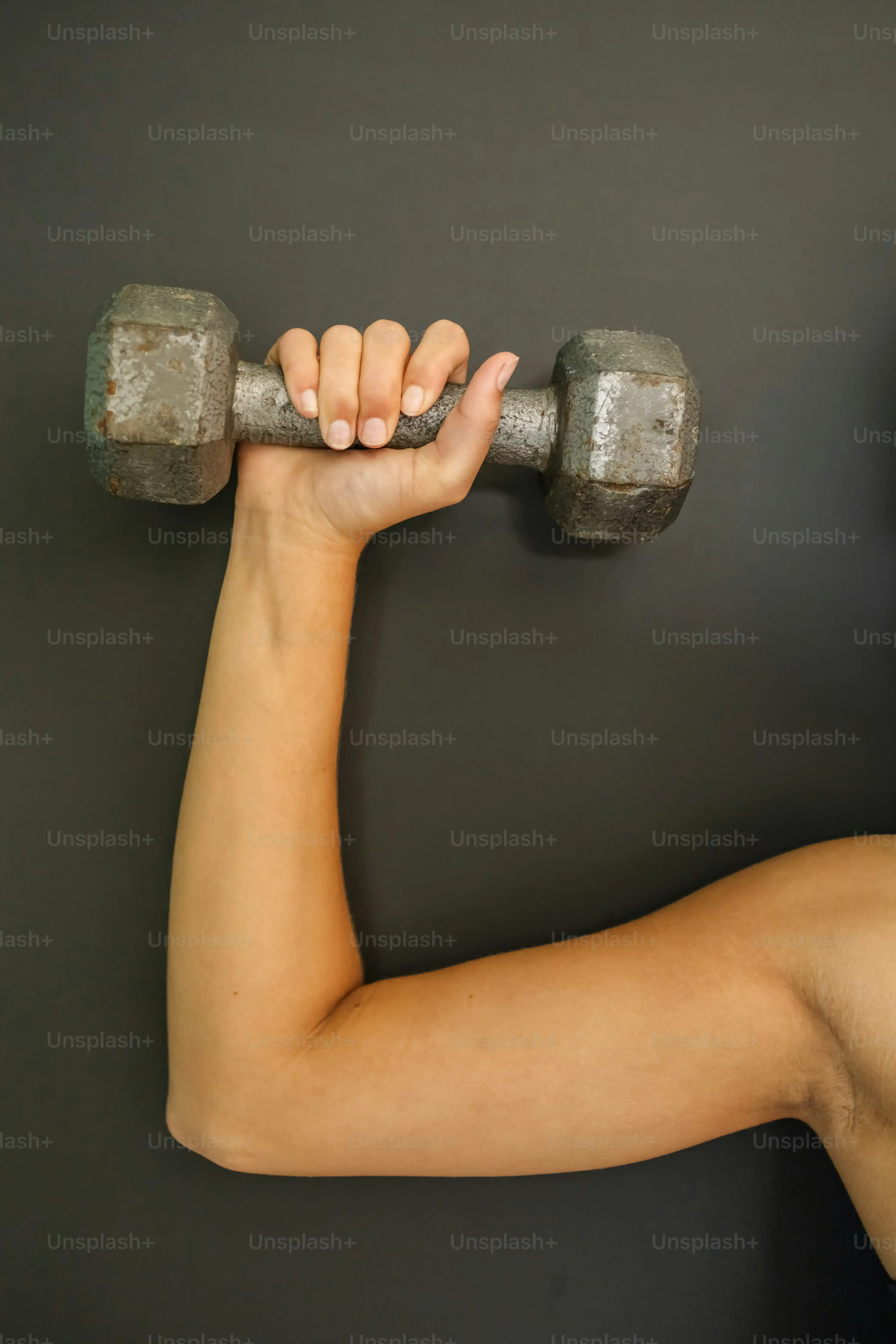
Breaking down the moves: Specific exercises for your best arm and chest workout at home
Targeting Your Chest with Bodyweight and Beyond
so we've established that basic push-ups are just the appetizer. To build the best arm and chest workout at home, you need to hit those pec fibers from multiple angles. Think about how you'd use an incline or decline bench at the gym. You can replicate this at home. Elevated push-ups (hands on a sturdy chair, couch, or counter) shift more emphasis to the lower chest. Decline push-ups (feet elevated) target the upper chest more intensely. Diamond push-ups, with hands close together, hammer the inner chest and triceps. Don't just pump out reps; control the descent, feel the stretch at the bottom, and explode up. Imagine squeezing a pencil between your pec muscles at the top. That mind-muscle connection is crucial when resistance is limited.
Forging Strong Arms: Triceps and Biceps at Home
Arms are the other half of the equation for the best arm and chest workout at home. Your triceps get a serious workout from many chest movements, especially close-grip and diamond push-ups. For isolation, dips are king. Use that sturdy chair or parallel bars if you have them. Control the negative (lowering) phase and feel the stretch. Biceps are the trickiest with pure bodyweight. You can do some variations of bodyweight rows using a table or sturdy bar, but resistance bands are where home bicep training really shines. Anchor a band under your feet or to a stable object and perform curls. Different grips (underhand, hammer) hit slightly different parts of the bicep. Don't neglect the back of your arm; those triceps make up a significant portion of arm mass.
Here’s a quick rundown of foundational exercises:
- Standard Push-Ups: Chest, shoulders, triceps.
- Elevated Push-Ups: More lower chest.
- Decline Push-Ups: More upper chest.
- Diamond Push-Ups: Inner chest, triceps.
- Chair Dips: Triceps, lower chest.
- Table Rows (underhand grip): Biceps, back (helps balance pushing movements).
- Resistance Band Curls: Biceps.
- Resistance Band Tricep Extensions: Triceps.
Beyond the Rep Count: Intensity and Variations
Once you can comfortably do a certain number of reps of a bodyweight exercise, you need to increase the challenge. This is progressive overload, essential for continued growth and making it the best arm and chest workout at home possible. If standard push-ups are easy, slow down the tempo (e.g., 3 seconds down, pause, 1 second up). Try single-arm variations (even assisted ones against a wall). Add a pause at the bottom or top of the movement. Integrate techniques like pause reps or pulsing at the point of greatest tension. For band exercises, use a thicker band or increase the range of motion. The goal is to make 10 reps feel like a serious challenge, not just a warm-up.
Putting it together: Structuring your weekly best arm and chest workout at home
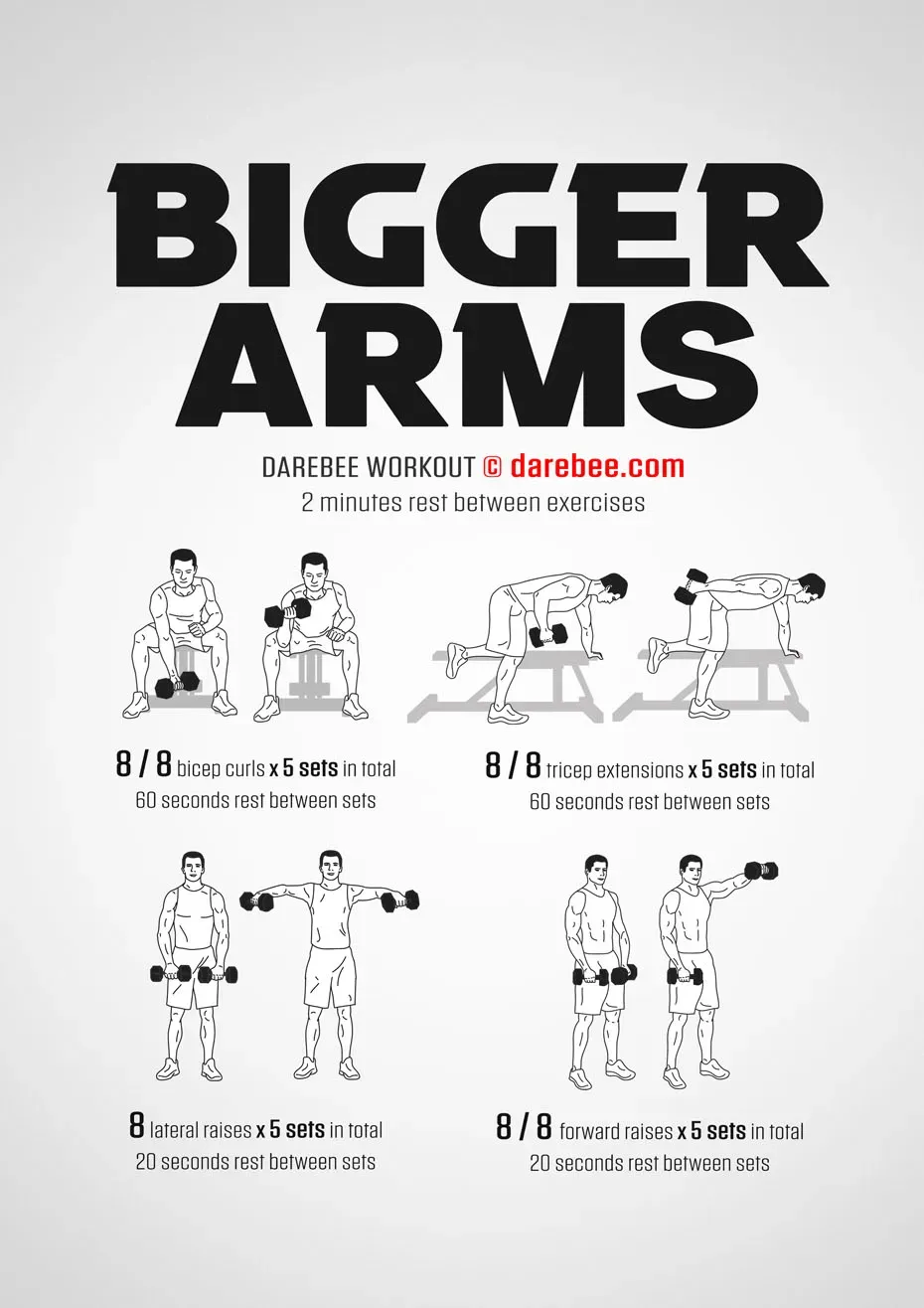
Putting it together: Structuring your weekly best arm and chest workout at home
Why Random Acts of Push-Ups Won't Build Your Best Arm and Chest Workout at Home
you've got the moves down, you know what minimal gear helps. Now what? Just banging out exercises whenever you feel like it is a surefire way to spin your wheels. Consistency and structure are the unsung heroes of building muscle, especially when aiming for the best arm and chest workout at home. Your muscles don't grow during the workout; they grow during recovery. You need to hit them hard enough to signal growth, then give them time to repair and come back stronger. A well-structured routine ensures you're not overtraining, undertraining, or just hitting the same muscles the same way every single day. It's like trying to build a house by just stacking bricks randomly; you need a blueprint.
Finding Your Frequency: How Often to Train Arms and Chest
So, how often should you be hitting those chest and arm muscles? For most people looking to build size and strength, training a muscle group two to three times a week is generally effective. This gives you enough frequency to stimulate growth without completely burning out. You could dedicate specific days to just arms and chest, or you could integrate these muscles into a full-body or upper/lower split. Training chest and arms together in one session is popular because they are both pushing muscles, and it can save time. However, make sure your biceps (pulling) get enough attention on other days to avoid imbalances. A balanced physique isn't just about looking good; it prevents injuries down the line.
Here are a couple of common split ideas:
- Option 1 (Push/Pull/Legs): Train Chest & Triceps on a "Push" day, Biceps on a "Pull" day. Do this twice a week.
- Option 2 (Upper/Lower): Hit Chest, Arms, and Back on "Upper" days. Do this two or three times a week.
- Option 3 (Body Part Split): Dedicate one day to Chest & Triceps, another day to Biceps & Back. Do each workout once or twice a week depending on recovery.
Sets, Reps, and Progression: The Nuts and Bolts
Within each workout, how do you actually structure the exercises? For building muscle (hypertrophy), aiming for 3-4 sets per exercise is a common starting point. The rep range usually falls between 8-15 reps, focusing on controlled movement and feeling the muscle work. For strength, you might go lower reps (5-8) with harder variations, but bodyweight makes that trickier without significant leverage changes. Rest between sets should be enough to recover but not so long you cool down completely, typically 60-90 seconds for hypertrophy work. The real magic, though, is progression. Once you can easily hit the top of your rep range for all sets of an exercise, it's time to make it harder. This could be doing more reps, slowing down the tempo, using a harder variation (like elevated feet vs. flat for push-ups), adding a pause, or decreasing rest time. This constant challenge is what forces adaptation and ensures your best arm and chest workout at home keeps delivering results.
As someone once said, "The body achieves what the mind believes... provided the mind also believes in showing up consistently and not just doing the easy version every time."
Beyond the reps: Recovery and common questions about your athome routine

Beyond the reps: Recovery and common questions about your athome routine
Recovery is Non-Negotiable
Alright, you've crushed your planned sessions, hitting those chest and arm muscles hard with the best arm and chest workout at home you designed. Great job. But here’s the deal: the work isn't over when the last rep is done. Muscle growth happens when you're recovering, not when you're lifting (or pushing your bodyweight). Skipping recovery is like trying to build a house but refusing to let the cement dry. You need sleep – aiming for 7-9 hours is crucial. Fueling your body with adequate protein and nutrients is also key; those muscles need building blocks. Ignoring rest days or trying to work the same muscles intensely every single day is a fast track to burnout, stalled progress, and potential injury. Listen to your body. Soreness is one thing, but sharp pain or persistent fatigue means you need to back off. Active recovery, like light stretching or a walk, can sometimes help, but sometimes you just need to do absolutely nothing workout-related.
The Final Rep: Making Your At-Home Gains Stick
So, there you have it. Building a formidable chest and arms without ever stepping foot in a crowded gym isn't some fitness fantasy; it's entirely achievable with the right strategy and consistent effort. We've laid out the plan, from the minimal equipment needed to the specific exercises that actually work, and how to piece it all together into a routine that makes sense. It won't happen overnight, and you won't instantly transform into a comic book hero, but sticking to this kind of focused at-home approach will yield noticeable strength increases and muscle development. Now, the only thing left is to actually do the work. No more excuses about commute times or sweaty strangers. Your living room just became your new training ground.
